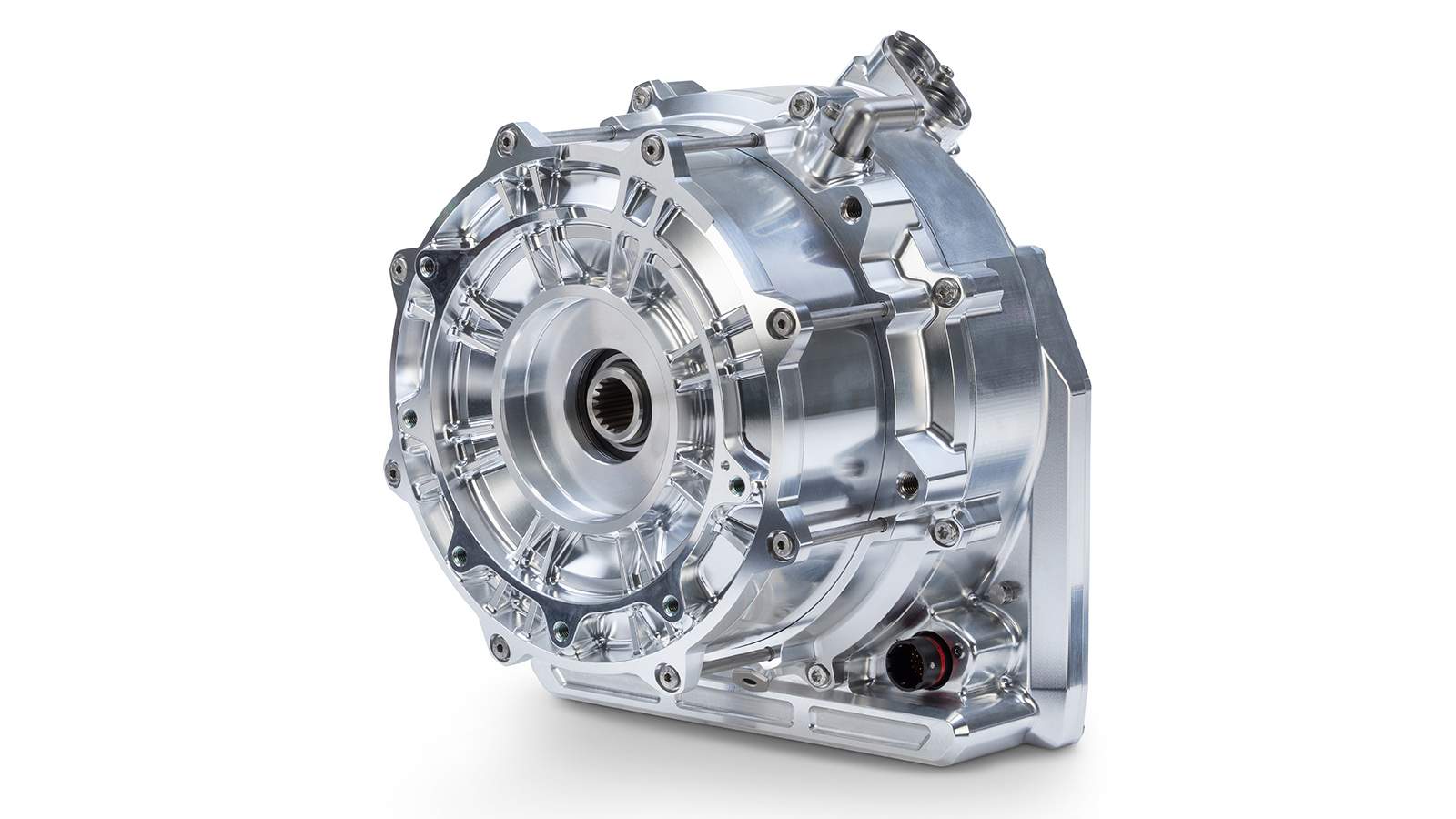tech2 News StaffMar 23, 2021 5:50:06 PM IS
Triumph Motorcycles has given the world a glimpse into its first all-electric superbike, currently known under the working name Project TE-1, in official draft sketches. The Triumph TE-1 project announced in mid-2019 is a collaboration between Triumph Motorcycles, Williams Advanced Engineering, the e-Drive division of Integral Powertrain Ltd. and WMG at the University of Warwick. The project extends over four phases and has now reached the end of phase 2. Triumph then published draft sketches of the new electric superbike and unveiled the prototype for the battery and powertrain.
Steve Sargent, Chief Product Officer at Triumph Motorcycles, said the idea with Project TE-1 was to “create something with distinctive Triumph DNA and not something that is different just to be different”. To that end, the company designed the TE-1 project to be largely similar to the Speed Triple and Street Triple motorcycles. The beaky, split LED headlights are a clear allusion to the Speed / Street line, there is a one-sided swing arm (as with the new Speed Triple 1200 RS) and even the tire sizes – 120/70 R17 front, 190 / 55 R17 rear – are the same as on the Speed Triple 1200 RS.
The first drivable prototype of the Triumph Project TE-1 electric superbike is planned for the end of 2021. Image: Triumph Motorcycles
The sketches also show that the Triumph Project TE-1 has Brembo brakes (double discs front, single discs rear) and fully adjustable Ohlins suspension. The rear section is clean and minimal, and the sketches also confirm that the charging port for the TE-1 project is positioned under a hatch at the bottom of the fuel tank and that the bike is belt driven.
Williams Advanced Engineering is responsible for developing the battery for the Triumph TE-1 project. Although the company hasn’t released hard numbers, it has incorporated new vehicle controls into the battery to minimize weight and developed new battery management software. Williams claims that its battery for the TE-1 “outperforms anything on the market in terms of power and energy density” and is also a class leader, but the number is not yet specified.
“The energy density of this new battery will be a significant advance over existing technology and provide the driver with more performance for longer. We also designed and developed an electronic control unit from the ground up that combines the battery management system with the bike control functions in one package. This is a first for this market that benefits packaging and integration while optimizing performance and reach, ”said Dyrr Ardash, senior commercial manager at Williams Advanced Engineering.
Integral Powertrain’s e-drive department was commissioned to develop the motor and converter for the Triumph TE-1 project. The company set out to integrate the motor and converter (usually separate on an electric motorcycle) into a single, compact unit, eliminating the need for additional boxes, assembly functions, coolant lines and high voltage connections.

The engine of the Triumph Project TE-1 should produce 180 hp and weigh only 10 kg. Image: Triumph Motorcycles
At the end of phase 2, Integral Powertrain developed and tested the new motor with high power density, which weighs only 10 kilos but is supposed to generate almost 180 hp – as much power as the Speed Triple 1200 RS. No torque has been reported yet, but it can be assumed that the instant torque transfer from the electric motor should give Project TE-1 a serious boost off the line.
Integral Powertrain also mentions that the inverter has built in advanced silicon carbide switch technology that is said to reduce losses and provide improved powertrain efficiency, better power output and greater range.
“The silicon carbide switch technology in our new scalable integrated inverter will help set new standards for the efficiency of electric motorcycles. The use of this technology means overall lower weight with significantly more power and range. At the same time, we are concentrating very strongly on the design for manufacturing and assembly activities so that all these high motor and converter outputs can be offered cost-effectively. Ultimately, this will truly be an industry leading powertrain that will help define the future of electric mobility, ”said Andrew Cross, Chief Technical Officer, Integral Powertrain.
WMG at the University of Warwick is responsible for providing electrification expertise for the project. To better understand the feasibility aspect, WMG also provides guidance on R&D and the commercial impact of the bicycle with modeling and simulation based on market trends.
The UK Government’s Office for Zero Emission Vehicles (OZEV) is also part of the TE-1 project. OZEV is funding the project and is also helping to set up a charging system across the UK.
Triumph has developed brand new, advanced vehicle control software for the TE-1 project, which includes all electrical systems, and has developed a new prototype instrument display. In addition, the company has designed a brand new prototype of a chassis that combines a main frame and a rear frame. This is to be further developed in phase 3 of the project.
At the end of phase 4, the first drivable prototype of the Triumph Project TE-1 electric superbike will be ready by the end of 2021, and if everything goes according to plan, the production model based on the TE-1 will likely have its world premiere in 2022.

